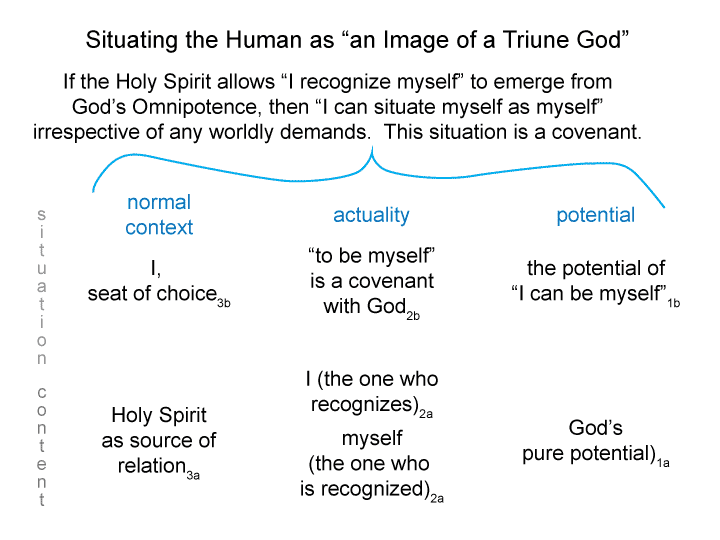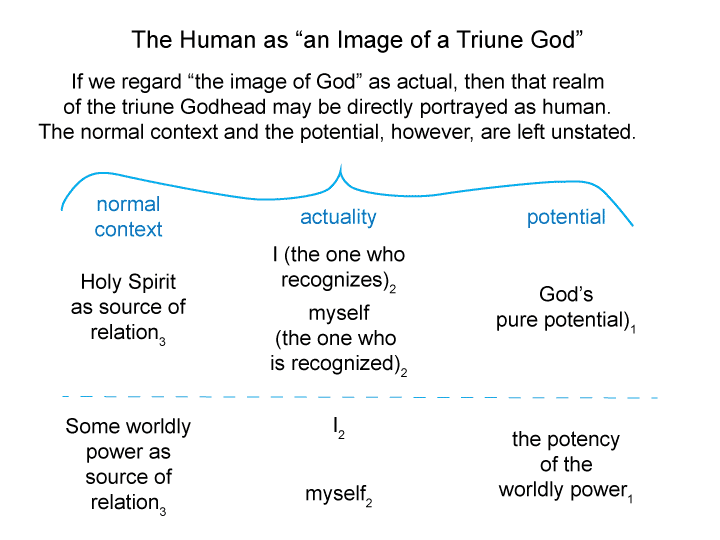Man and Sin by Piet Schoonenberg (1964) 2.1BI
[The sinful condition raises a question:
What do I (a sinner)2 recognize as myself2?
My own self-recognition cannot occur without a normal context.
But, will this normal context allow me to recognize myself, as “I am who I am”?
Or will I recognize myself in “the mirror of the world”?
Then I become “I am who the mirror says I am”.
Such is the nature of self-destruction.]


